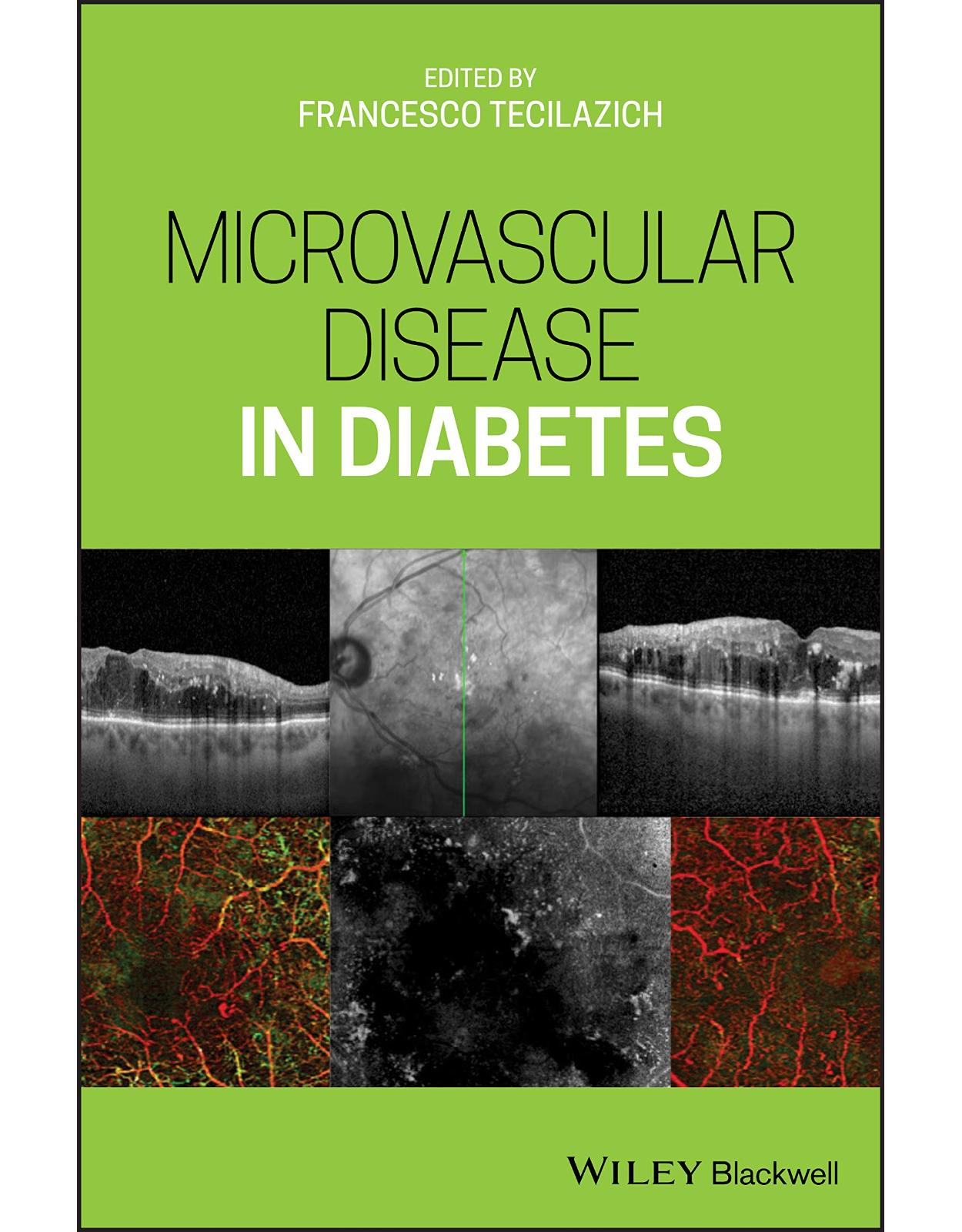
Microvascular Disease in Diabetes
Livrare gratis la comenzi peste 500 RON. Pentru celelalte comenzi livrarea este 20 RON.
Disponibilitate: La comanda in aproximativ 4 saptamani
Autor: Francesco Tecilazich
Editura: Wiley-Blackwell
Limba: Engleza
Nr. pagini: 280
Coperta: Hardcover
Dimensiuni: 17.3 x 1.8 x 24.6 cm
An aparitie: 22 April 2020
Presents comprehensive coverage of the many microvascular complications of diabetes
Diabetes remains one of the main causes, in the western world, of legal blindness, end stage renal disease, and amputation, despite the implementation of tight glycemic control and the great progress in the management and care of our patients. This book provides a useful and handy tool to professionals and students in the field of diabetes and its microvascular complications by integrating information from clinical settings as well as from the frontlines of diabetic research. It provides readers with up-to-date diagnostic criteria, classifications, and therapeutic approaches. and recent discoveries on mechanisms of disease, experimental therapeutic agents, and biomarkers of disease.
Written by top experts in the field, Microvascular Disease in Diabetes offers in-depth chapters covering pathophysiology; the genetics of diabetic microvascular disease; and the epigenetics of diabetic microvascular disease. It then provides sections featuring both clinical and research information on diabetic retinopathy, diabetic nephropathy, diabetic neuropathy, and diabetic foot. It also looks at coronary microvascular dysfunction and cerebral microvascular disease.
· Integrates new and accessible material on diabetic microvascular comorbidities
· Covers all relevant microvascular systems
· Provides a much-needed resource synthesizing research and clinical applications to treating microvascular complications of diabetes
· Presents current diagnostic criteria, classifications, and therapeutic approaches, as well as recent discoveries on the mechanisms of disease, experimental therapeutic agents, and biomarkers of disease
Assembled in an easily consultable manner, Microvascular Disease in Diabetes is an excellent text for investigators, clinicians, and students looking to improve their understanding of diabetic complications.
ABOUT THE AUTHOR
FRANCESCO TECILAZICH, MD, PhD, is a physician and scientist in the Endocrinology and Metabolic Diseases department of the Ospedale San Raffaele—Vita Salute San Raffaele University in Milan, Italy.
TABLE OF CONTENTS
Foreword to: Microvascular Disease in Diabetes xv
Editor Biography xvii
List of Contributors xix
1 Introduction 1
Andrea Giustina and Stefano Frara
References 3
2 Pathophysiology 5
Francesco Tecilazich
Introduction 5
Anatomo-Physiology of Microvessels 5
Regulation of Microvascular Tone 6
Endothelial-Dependent Vasodilation 6
Endothelial-Independent Vasodilation 6
Nerve Axon Reflex (NARV) 7
Myogenic Response 7
Functional Hyperemia 7
Venoarteriolar Response (VAR) 8
Structural Changes in the Microcirculation 8
Functional Changes in the Microcirculation 8
Endothelial Dysfunction 8
VSMC Dysfunction 9
NARV Impairment 9
Defective Myogenic Response 10
Reduced Functional Hyperemia 10
Endothelial Dysfunction 11
Role of the Immune System and Leukostasis 11
Role of Hyperglycemia 12
AGEs 12
Polyol Pathway 12
Oxidative Stress 13
PKC 13
Transforming Growth Factor (TGF)-β 14
Hexosamine Pathway 14
PARP 14
ET-1 14
Vasoconstrictor Prostanoid Synthesis 15
Role of Insulin Resistance 15
Role of Inflammation 15
References 16
3 Genetics of Diabetic Microvascular Disease 23
Niina Sandholm and Carol Forsblom
Introduction 23
Genetics of DKD 23
Heritability of DKD 23
Candidate Genes for DKD 24
Linkage Studies for DKD 25
Genome-Wide Association Studies on DKD 25
Sequencing Efforts for DKD 29
Genetics of Diabetic Retinopathy 30
Heritability of Diabetic Retinopathy 30
Candidate Genes for Diabetic Retinopathy 30
Linkage Studies for Diabetic Retinopathy 31
GWAS on Diabetic Retinopathy 31
Sequencing Efforts for Diabetic Retinopathy 33
Genetics of Diabetic Neuropathy 33
Heritability of Diabetic Neuropathy 33
Candidate Genes for Diabetic Neuropathy 33
GWASs on Diabetic Neuropathy 34
Future Directions 34
Larger Studies are Needed 34
How to Define the Phenotype? 35
Variability in the Phenotypic Definitions 35
Criteria for Controls 36
Do Genetics of Microvascular Complications in T1D and T2D Differ? 36
Low-Frequency and Rare Variants May Affect Diabetic Complications 36
Sequencing of Rare and Low-Frequency Variants 36
Linkage Analysis with GWAS Data 37
Genetics May Reveal Biology and Infer Causality 37
Conclusions 37
References 37
4 Epigenetics of Diabetic Microvascular Disease 45
Luciano Pirola
Diabetic Complications Include Microvascular and Macrovascular Injury 45
The Diabetes Control and Complications Trial/Epidemiology of Diabetes Interventions and Complications (DCCT/EDIC) Study in Type 1 Diabetic Patients, and the UKPDS Study in Type 2 Diabetic Patients, Support the Existence of the Hyperglycemic Memory Phenomenon 46
DCCT/EDIC Study 46
The UKPDS Study 46
Models of Hyperglycemic Memory 47
Animal Models 47
Cell Culture Models 48
The “Epigenetic Code” 48
DNA Methylation 49
Histone Methylation in Models of Hyperglycemic Variability 49
Epigenetic Changes in Microvascular Models of Glycemic Memory 50
MiRNAs Contribute to the Control of Glucose Homeostasis and are Dysregulated in Diabetes 52
Future Prospects 52
References 54
5 Diabetic Retinopathy – Clinical 59
Francesco Bandello, Rosangela Lattanzio, Alessandro Marchese, and Emanuela Aragona
Introduction 59
Epidemiology 60
Screening 60
Risk Factors 61
Clinical Patterns 61
Non-Proliferative Diabetic Retinopathy (NPDR) 61
Clinical Findings 62
Diagnostic Tools 64
Treatment Strategies 65
Proliferative Diabetic Retinopathy (PDR) 65
Clinical Findings 65
Diagnostic Tools 67
Treatment Strategies 67
Diabetic Macular Edema (DME) 69
Classification 70
Clinical Findings 71
Diagnostic Tools 71
Treatment Strategies 71
Conclusions 73
References 74
6 Diabetic Retinopathy – Research 79
Gopalan Gnanaguru
Retina and Induction of Hyperglycemia 79
Hyperglycemia and Retinal Microvasculature 80
Hyperglycemia and Reactive Gliosis 80
Hyperglycemia and Neurodegeneration 81
Hyperglycemia and Inflammation 81
References 82
7 Diabetic Nephropathy – Clinical 85
Gianpaolo Zerbini
Epidemiology 85
Natural History 86
Stages of DN 86
Morphologic Changes 87
Pathophysiology 88
Clinical Course 89
Treatment 90
Primary Prevention 90
Secondary Prevention 91
Tertiary Prevention 91
Perspectives 91
References 92
8 Diabetic Nephropathy – Research 97
Silvia Maestroni and Gianpaolo Zerbini
Essential Hypertension and DN 97
Role of Genetics in the Pathogenesis of DN 99
Polyol Pathway and Non-Enzymatic Glycation 100
Environment 100
Perspectives 101
Sodium–Glucose Cotransporter-2 (SGLT2) and DN 101
B7-1 and DN 101
Animal Models 102
DN in Induced Model of Type 1 Diabetes Mellitus (T1DM) 102
DN in Spontaneous Model of T1DM 103
Ins2Akita Mice 103
Non-Obese Diabetic (NOD) Mice 104
OVE26 Friend leukemia virus B (FVB) Mice 104
DN in Spontaneous Models of T2DM 105
db/db Mice 105
References 105
9 Diabetic Neuropathy – Clinical 111
Christopher H. Gibbons
Introduction 111
Classification of Diabetic Neuropathies 111
Distal Symmetric Polyneuropathy (DSPN) 112
Diagnosis 113
Management 113
Small Fiber Neuropathy 114
Diagnosis 115
Management 115
Autonomic Neuropathy 116
Diagnosis 117
Management 117
Treatment-Induced Neuropathy of Diabetes (TIND) 119
Diagnosis 119
Management 120
Diabetic Radiculoplexopathy 120
Diagnosis 120
Management 121
Mononeuropathies 121
Diagnosis 121
Management 121
Cranial Neuropathies 121
Diagnosis 121
Management 122
Screening for Neuropathy 122
Summary of Management of Diabetic Neuropathy 122
References 123
10 Diabetic Neuropathy – Research 129
Krish Chandrasekaran, Lindsay A. Zilliox, and James W. Russell
Basic and Translational Research in Diabetic Neuropathy 129
Animal Models of Diabetic Neuropathy 129
Basic Pathophysiology of Diabetic Neuropathy 131
Changes in Redox Potential 131
Role of Mitochondrial Dysfunction in Diabetic Neuropathy 133
Protein Kinase C (PKC) and Neuropathy 137
Advanced Glycation End Products 137
Modifying Molecular Chaperones 138
Inflammation and Neuropathy 138
TGF-β and Neuropathy 138
Metabotropic Glutamate Receptors (mGluRs) and Oxidative Injury 139
Growth Factors and Diabetes 139
Clinical Research in Diabetic Neuropathy 140
Treatment of Hypertension 141
Improved Glycemic Control 141
Diet and Lifestyle Interventions 142
Alpha-Lipoic Acid 144
Benfotiamine and Neuropathy 145
Treatment of Neuropathic Pain 145
Acknowledgments 146
References 147
11 Diabetic Foot – Clinical 157
Cristian Nicoletti
Introduction and Size of the Problem 157
Pathogenesis of Diabetic Foot Complications 158
Neuropathy 158
Peripheral Vascular Disease 158
Other Risk Factors 159
Prevention 159
Treatment 160
Treatment of Neuropathic Diabetic Foot Ulcers: Offloading 160
Treatment of PAD: Revascularization 161
Diabetic Foot Infections (DFIs) 163
Introduction 163
Diagnosis 163
Treatment 164
Wound Healing 166
Debridement 166
Dressings 167
Topical Negative Pressure Wound Therapy (NPWT) 167
Other Topical Treatments 167
References 167
12 Diabetic Foot – Research 173
Georgios Theocharidis and Aristidis Veves
Introduction 173
Anatomy of the Skin and Microcirculation 174
Structural Changes in the Microcirculation 174
Functional Changes in the Microcirculation 175
Functional Changes in the Diabetic Foot 176
Vasodilation 176
Endothelium-Dependent Vasodilation 177
Endothelium-Independent Vasodilation 178
Nerve Axon Reflex 179
Mechanisms of Endothelial Dysfunction 180
Endothelial Dysfunction and Hyperglycemia 180
Endothelial Dysfunction and Insulin Resistance 182
Endothelial Dysfunction and Inflammation 183
Pathophysiology of Diabetic Wound Healing 184
Hyperglycemia 184
Chronic Inflammation 184
Impaired Angiogenesis and Vasculogenesis 186
Hypoxia 186
Impaired Neuropeptide Signaling 186
Adjunctive Treatment Options 186
Bioengineered Skin Substitutes 187
Growth Factors 187
Hyperbaric Oxygen Therapy 188
Negative Pressure Wound Therapy 188
Electrical Stimulation and Shockwave Therapy 189
Future Therapeutic Perspectives 189
Gene Therapies 189
Stem Cell Therapies 189
Norleu3-Angiotensin-(1–7) 190
Neuropeptides 190
Cytokine Inhibition 190
Conclusion 191
References 191
13 Coronary Microvascular Dysfunction in Diabetes – Clinical and Research 201
Guglielmo Gallone, Francesco Moroni, and Marco Magnoni
Introduction 201
Clinical Classification and Mechanisms of CMD 202
CMD in Diabetic Patients 203
Clinical Assessment of CMD 205
Non-Invasive Imaging Technique for the Assessment of CMD 205
Transthoracic Doppler Evaluation 205
Contrast Echocardiography 206
Cardiovascular Magnetic Resonance (CMR) Imaging 206
Positron Emission Tomography (PET) 207
Invasive Techniques for the Evaluation of CBF 207
Indicator Dilution-Based Methods 207
Thermodilution 208
Gas Wash Out Method 208
Intracoronary Doppler Flow Wire 208
Treatment for CMD 210
The Effects of Glucose-Lowering Drugs on CMD 211
Future Perspectives for the Treatment of CMD in Diabetes 211
References 212
14 Cerebral Microvascular Disease in Diabetes – Clinical and Research 221
Eelco van Duinkerken and Richard G. IJzerman
Introduction 221
Postmortem Studies of the Brain in Diabetes 222
Cerebral Small Vessel Disease on MRI 223
MRI-Measured Cerebral Small Vessel Disease in Type 1 Diabetic Patients 224
White Matter Hyperintensities 224
Cerebral Microbleeds 226
Summary 226
Type 2 Diabetes and Cerebral Small Vessel Disease 227
Lacunar Infarcts 227
White Matter Hyperintensities 228
Cerebral Microbleeds 230
Synthesis 230
Clinical Impact of Cerebral Small Vessel Disease in Diabetes 231
Cognitive Functioning 231
Stroke 233
Dementia 234
The Influence of Microvascular Disease on the Structure and Functioning of the Diabetic Brain 235
Type 1 Diabetes 236
Type 2 Diabetes 237
Conclusions and Future Directions 239
References 240
Index 247
| An aparitie | 22 April 2020 |
| Autor | Francesco Tecilazich |
| Dimensiuni | 17.3 x 1.8 x 24.6 cm |
| Editura | Wiley-Blackwell |
| Format | Hardcover |
| ISBN | 9781119309604 |
| Limba | Engleza |
| Nr pag | 280 |




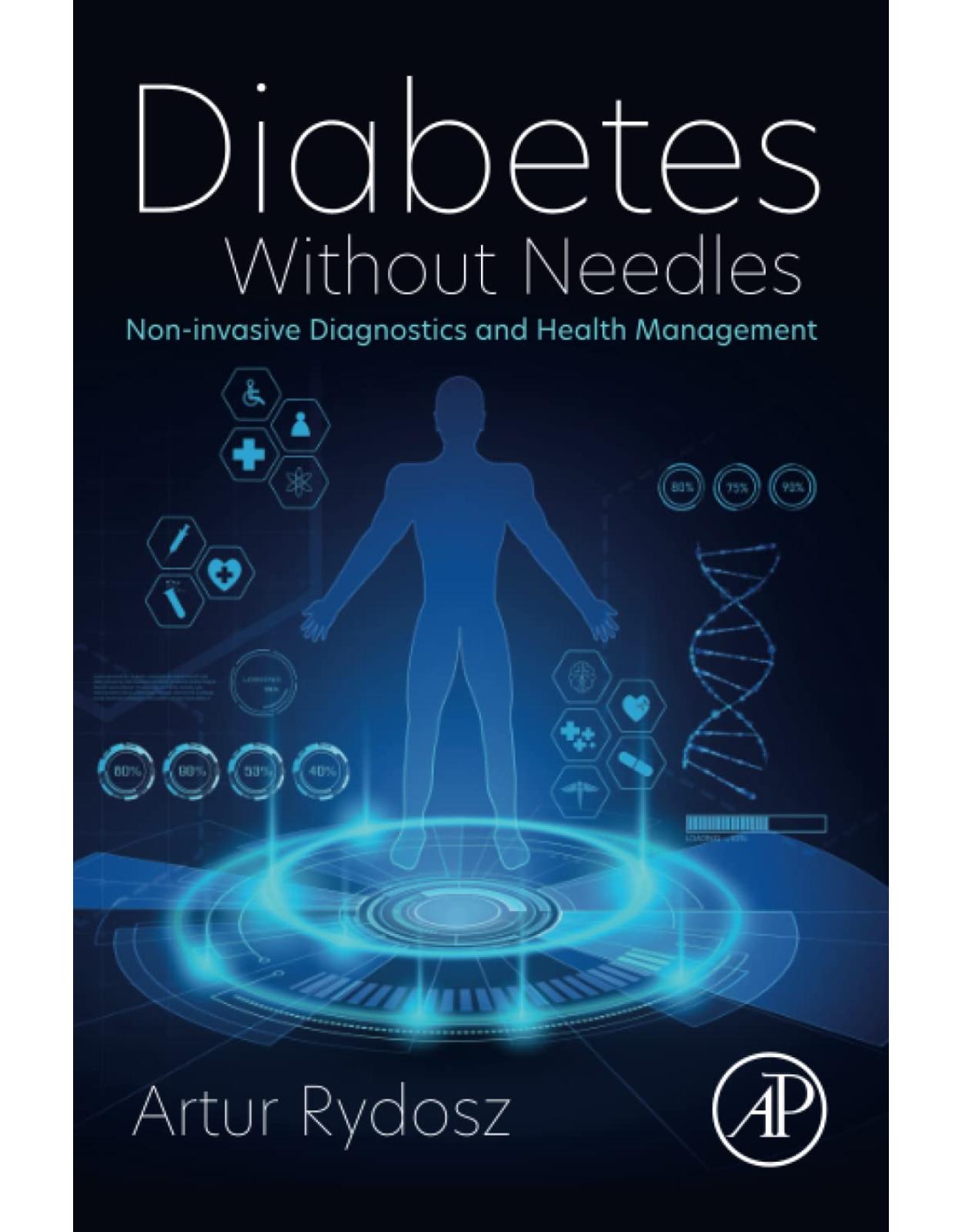
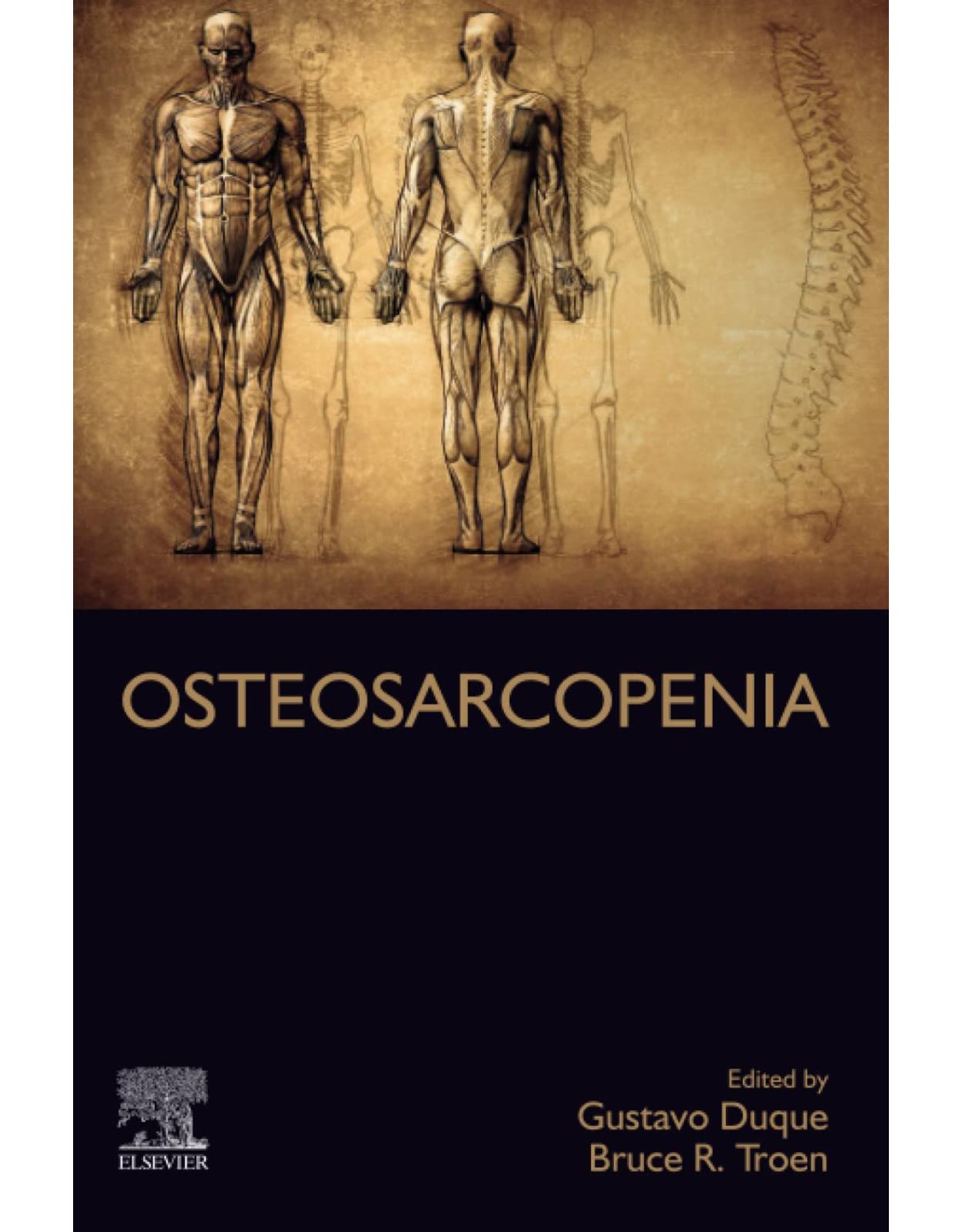
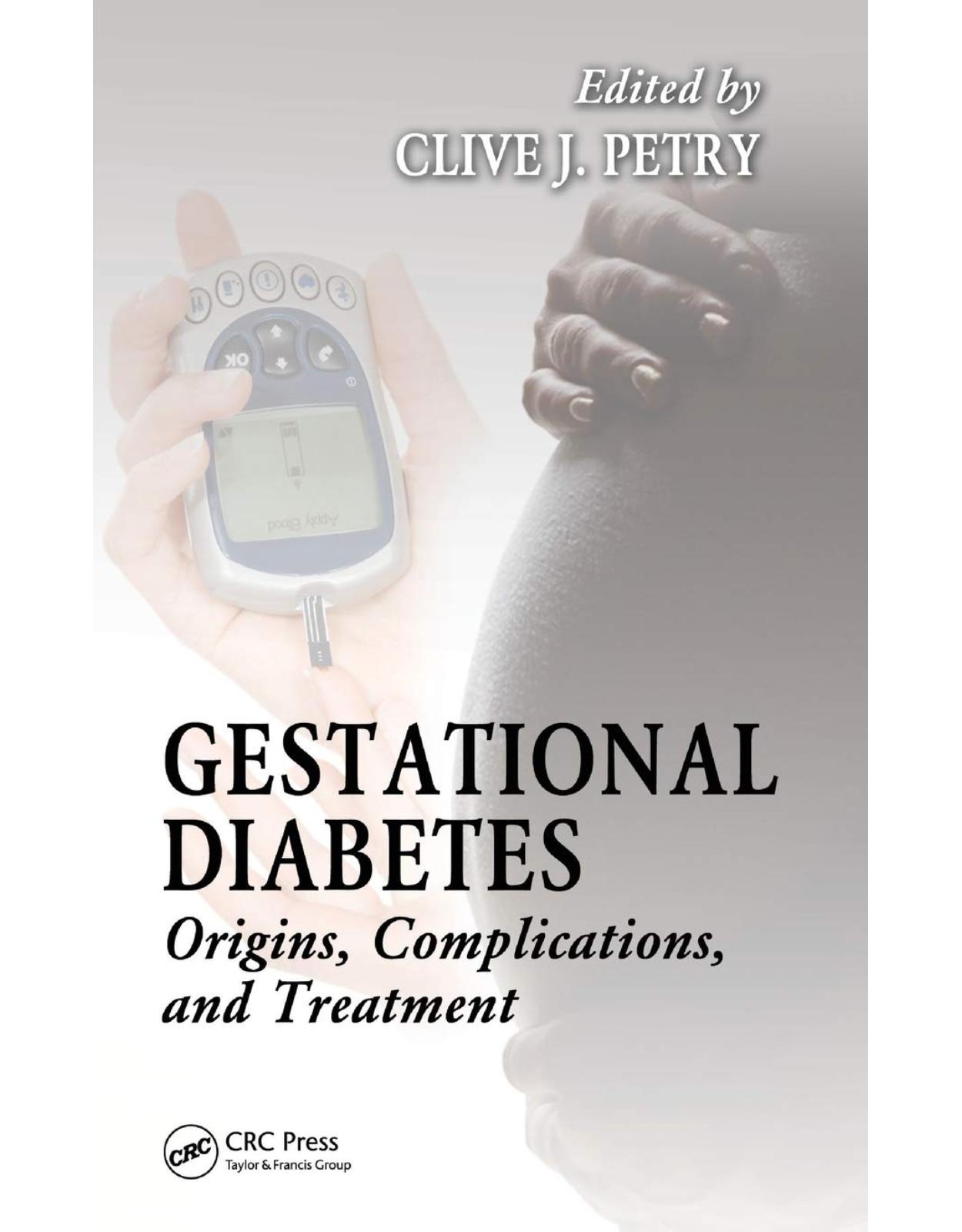


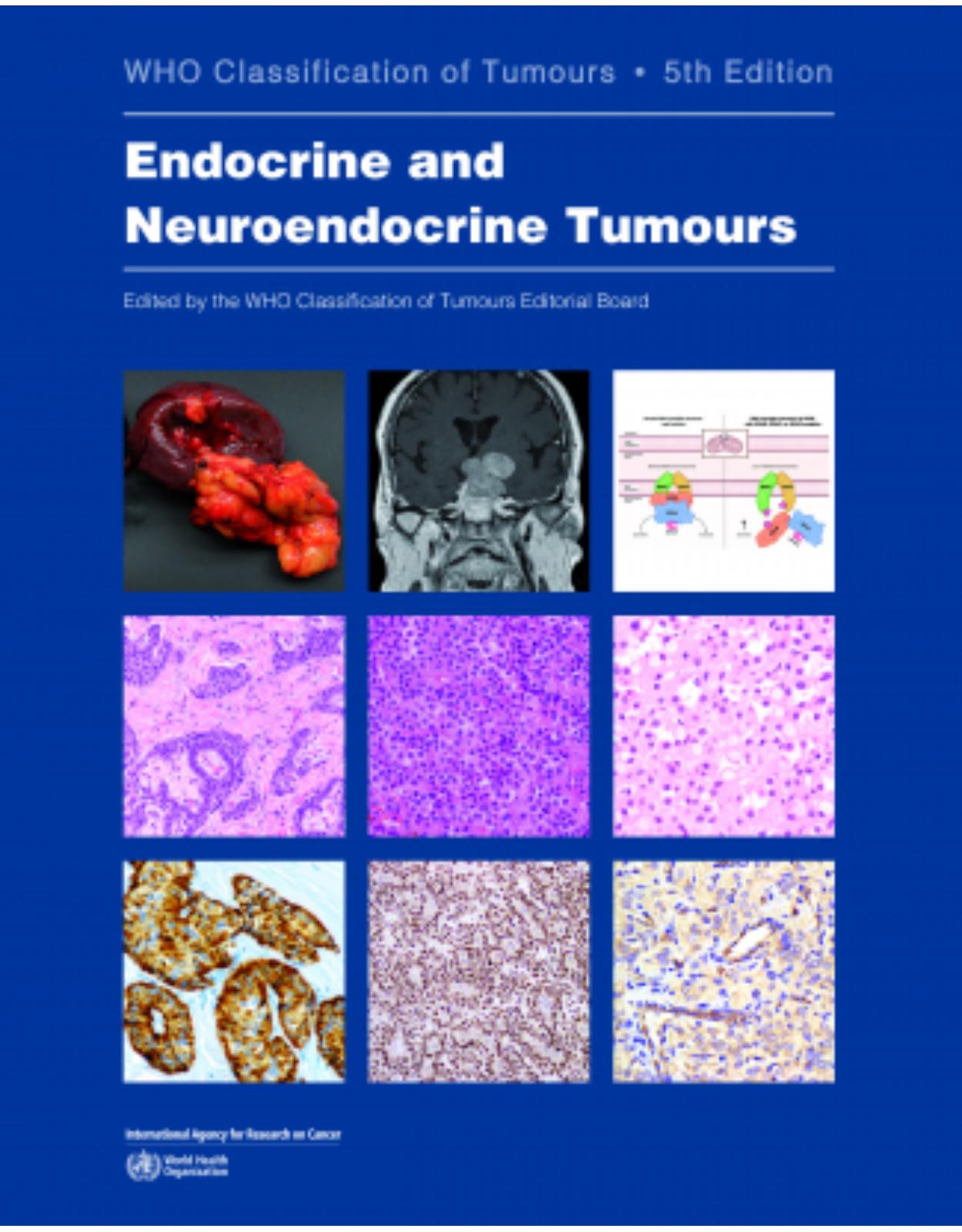
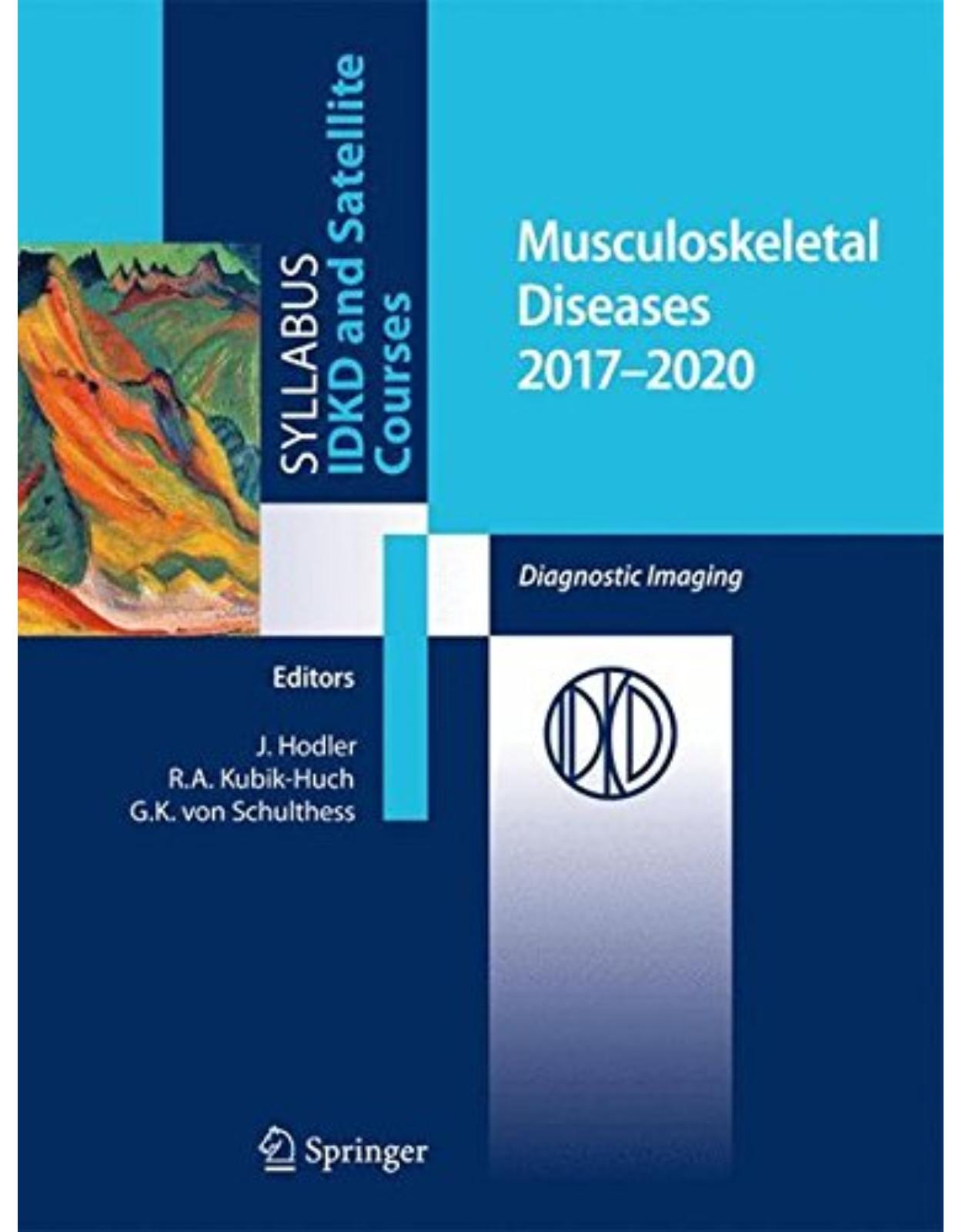
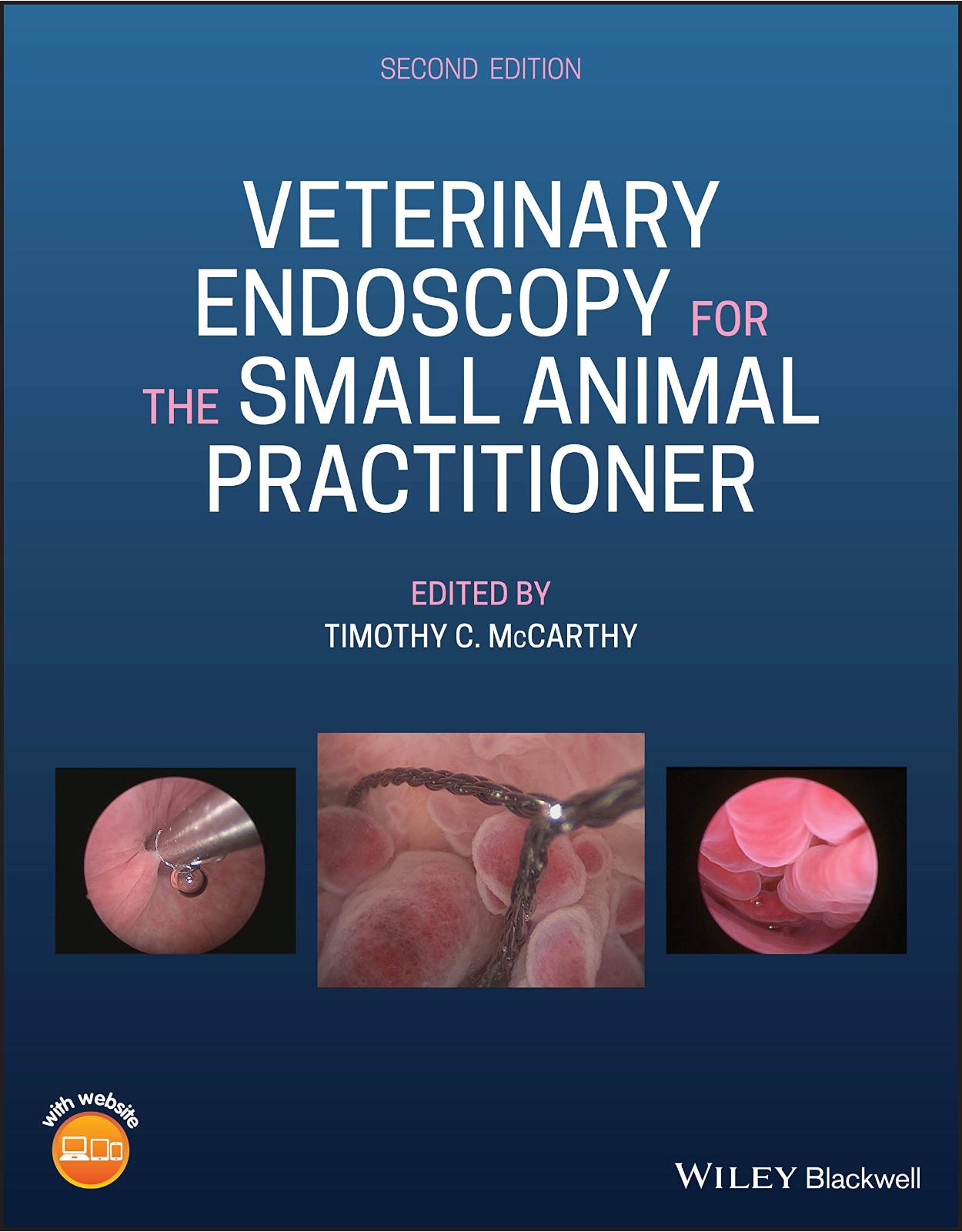

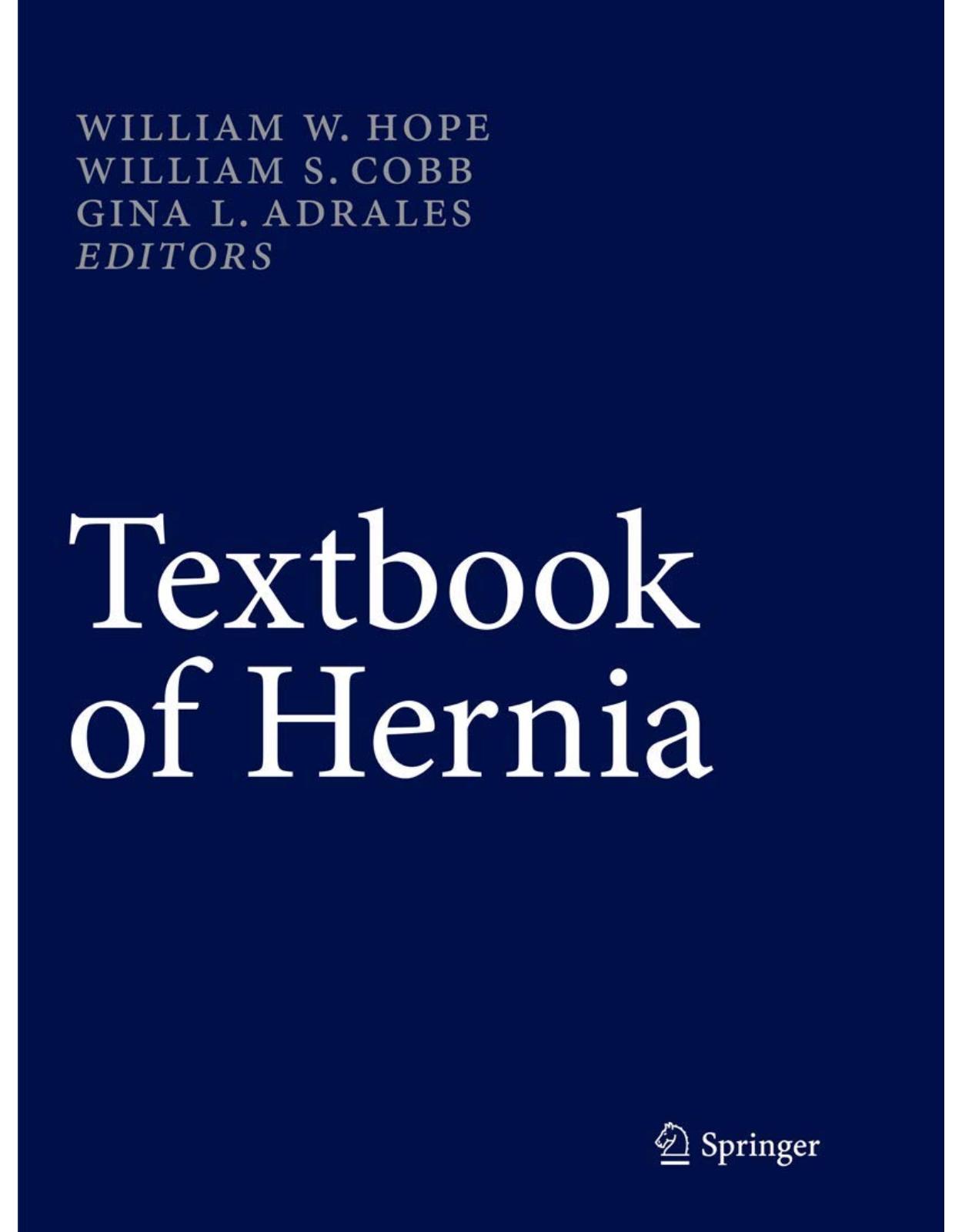
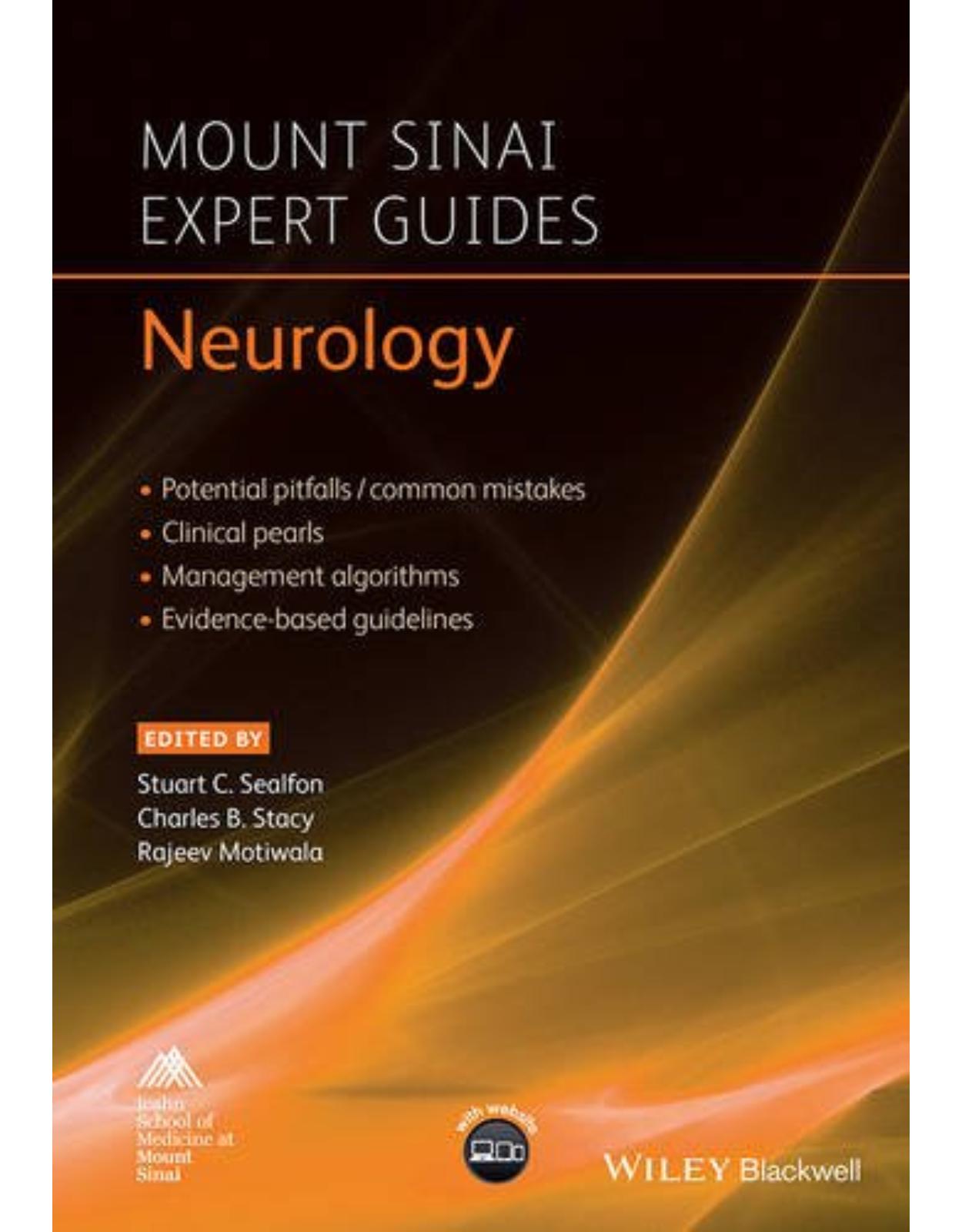
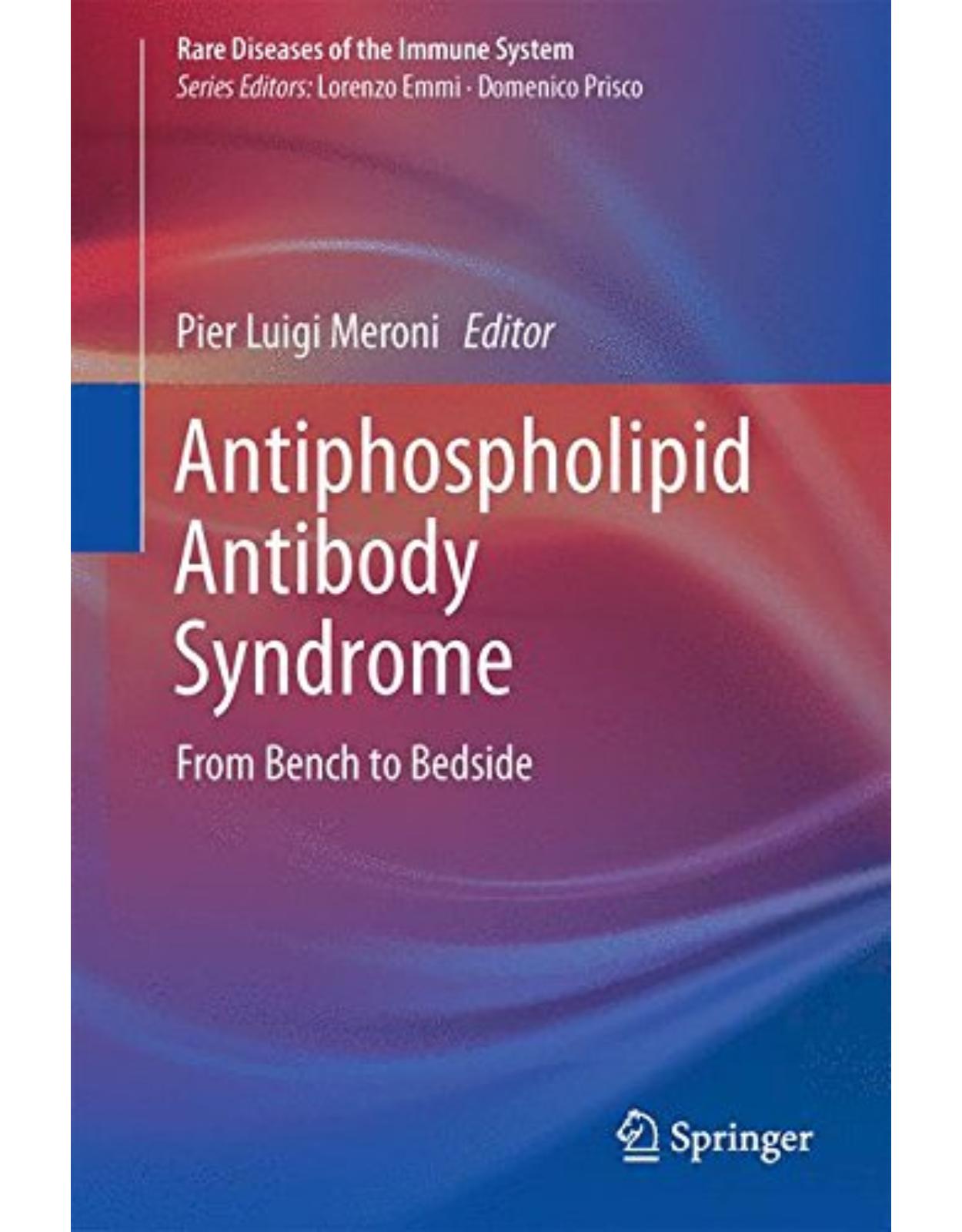

Clientii ebookshop.ro nu au adaugat inca opinii pentru acest produs. Fii primul care adauga o parere, folosind formularul de mai jos.